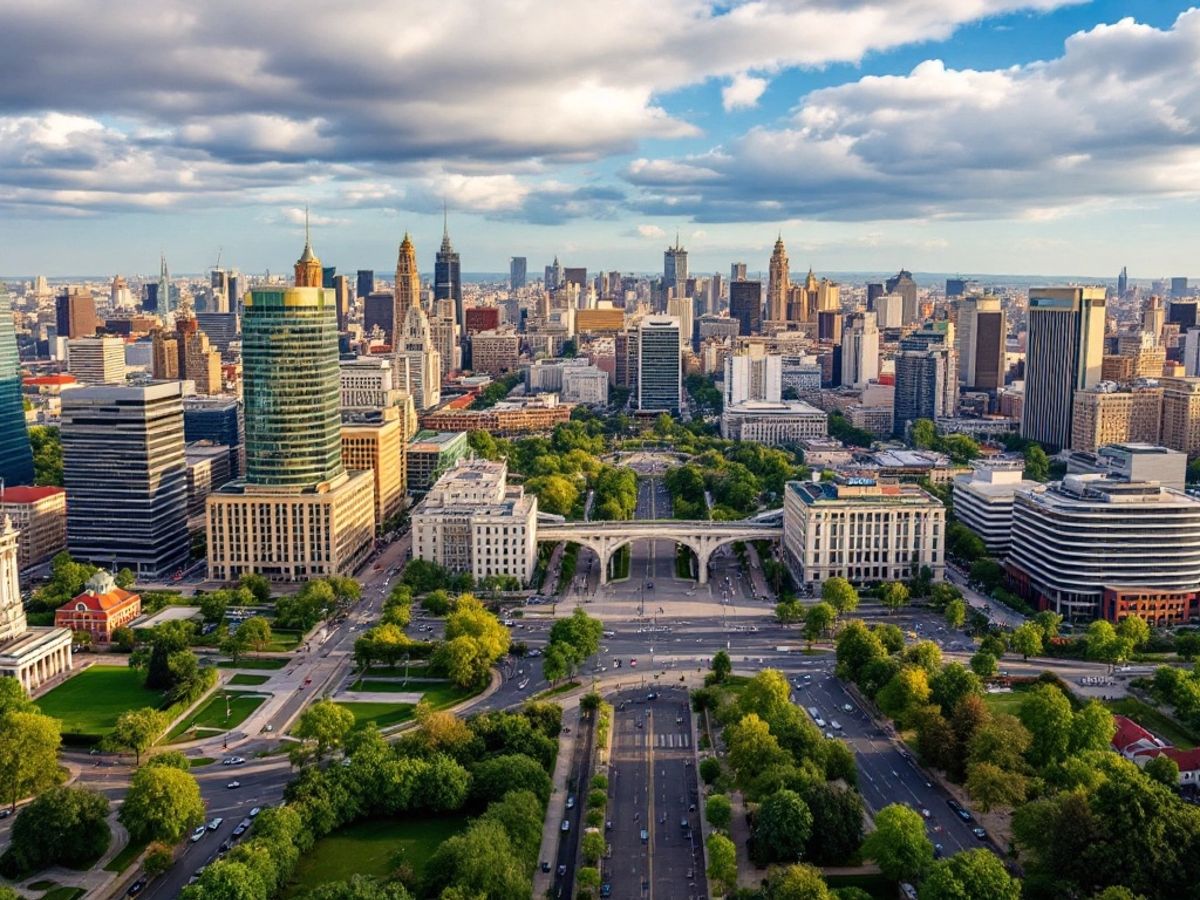Serbia is experiencing significant economic developments, marked by recent agreements and investments that position the country as a potential regional leader. With a focus on infrastructure, technology, and international partnerships, Serbia is set to enhance its economic landscape and attract further investments.
Key Takeaways
- Serbia is poised to become an economic engine in the region, particularly in hi-tech and green energy sectors.
- A €50 million loan from the EBRD will facilitate urgent railway infrastructure reconstruction.
- A comprehensive economic partnership agreement with the UAE is expected to boost production and exports.
- Serbia has received an investment-grade rating from S&P, indicating a positive economic trajectory until 2027.
Serbia’s Economic Potential
US Under Secretary of State for Economic Growth, Energy and the Environment, Jose Fernandez, recently highlighted Serbia’s potential to become a regional economic leader. During his visit, he noted the positive developments in US-Serbian relations and the increasing interest from US companies in Serbia’s energy and technology sectors.
Fernandez emphasized the importance of Serbia’s advancements in hi-tech and green energy, stating, "It is in our interest, it is in the interest of Europe, it is in the global interest that Serbia succeed."
Infrastructure Investments
In a significant move to enhance its transportation network, Serbia signed an agreement with the European Bank for Reconstruction and Development (EBRD) for a €50 million loan aimed at urgent railway infrastructure reconstruction. This funding will enable the rehabilitation of 200 kilometers of railways, effectively doubling the pace of infrastructure improvements in the country.
Strategic Partnerships
Serbian President Aleksandar Vucic announced a comprehensive economic partnership agreement with the UAE, which he described as enormously important for Serbia. This agreement is expected to foster cooperation in various sectors, including production and exports. Vucic mentioned that the partnership could lead to joint food industry complexes and expedited procurement of drones, enhancing Serbia’s technological capabilities.
Investment-Grade Rating
Serbia has recently achieved an investment-grade rating from Standard & Poor’s (S&P), making it the first country in the Western Balkans to receive such recognition. This rating is expected to facilitate access to capital, lower borrowing costs, and stimulate new investments, particularly in sectors that promote sustainable growth and innovation.
According to S&P, Serbia’s GDP is projected to grow significantly, reaching a nominal value of USD 111 billion by 2027. The agency forecasts a steady decline in unemployment and inflation, alongside a stable dinar exchange rate.
Future Outlook
While the recent developments are promising, experts caution that Serbia must continue to focus on structural reforms and maintain sound fiscal policies to sustain its economic growth. The government’s increasing centralization of decision-making could pose risks to investor confidence, highlighting the need for transparency and stability in policy-making.
To maintain its investment-grade status, Serbia should prioritize enhancing its institutional framework, advancing EU accession negotiations, and fostering a competitive business environment.
In conclusion, Serbia’s recent economic agreements and developments signal a new era of growth and opportunity, positioning the country as a key player in the regional economy.
Sources
- Fernandez: Serbia poised to become economic engine, a regional leader, tanjug.rs.
- Serbia signs agreement with EBRD on urgent reconstruction of railway infrastructure, tanjug.rs.
- Vucic: Agreement with UAE enormously important for Serbia, tanjug.rs.
- Serbia with an investment-grade rating from S&P, Erste Group Bank AG.
- NIN.RS, NIN.rs.






